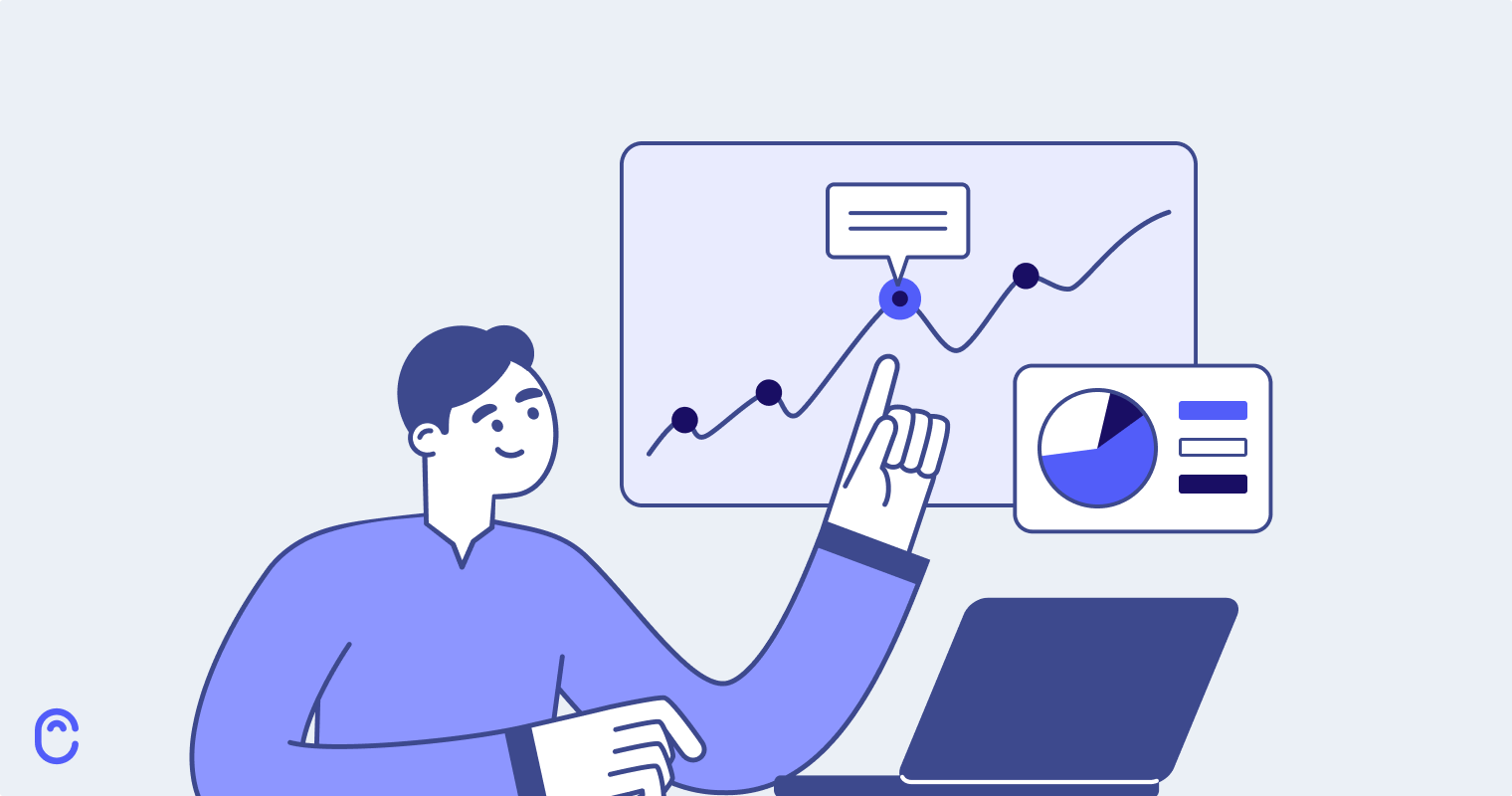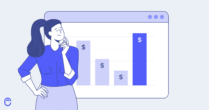Having active users isn’t essential to the SaaS business model – it is the SaaS business model.
There’s no point spending years crafting the perfect software solution if no one uses it. And nobody will pay for software they don’t use.
Yet applications are becoming more complex and specialized. That means user onboarding is becoming more challenging.
So is convincing them of your software’s value.
Today, we’ll look at user activation in depth. Let’s explore how you can track your software’s user onboarding success. We’ll also guide you through steps to improve your user activation rates.
What is user activation?
User activation is the point in the user journey when they recognize the value of your software.
They understand how useful it is and start using it often. As engaged users, they add your software to their workflows to achieve their goals.
Sounds simple enough, right? Persuade people to give you a try and wait for the subscriptions to roll in.
User activation – the good old days
In the old days, there was a simple way of identifying activated users:
A new user would come to the end of their free trial and buy your software.
This model worked well for applications. And it’s easy to see the use of it right off the bat.
Take antivirus software, for example. Most people don’t tend to think too much about how well protected their computer is.
That is, until they get a virus. Then, low and behold, they care a lot.
At that point, they tend to install the first antivirus software they find. They agree to whatever trial period the app comes with. Then they pray it gets rid of whatever nightmare malware they downloaded.
Modern trials and tribulations
Today, software is more complicated. It’s not always easy for customers to see the full benefits of your product.
If you run a SaaS business, chances are your software is feature-rich and specialized. This means people need to use it for a while to see its value.
This is particularly true for B2B platforms like sales automation software. Some benefits like using intent data to get more leads are immediately obvious. But others like creating company profiles to improve customer relationships take more time.
If you place an arbitrary time limit on the trial period, users may quit before the activation stage.
The solution? Create software milestones—also known as activation actions. These are steps a user must take before you consider them activated.
You could make it so that users have to set up a new account or complete a full project before they need to sign up.
Or offer a free version of your software. Give them access to enough features that you turn them into engaged users.
With any luck, they continue through the customer journey and become loyal.
5 ways to strengthen and track user activation in SaaS
Let’s get practical. Here’s how to improve your user activation process so you can have a profitable SaaS business.
1. Decide when to charge
Knowing when to start charging for your product is a key part of the activation flow. But it can be tricky.
Demand money before they’re activated, and you’ll scare trial users away.
Leave it too long, and you’ll fail to get a return on your investment. You need to be clear about when customers have to pay.
For example, Canny offers users a Free plan to get started with feedback management.
Once they’re up and running, see the value, and need more powerful features, they can subscribe to a paid plan.
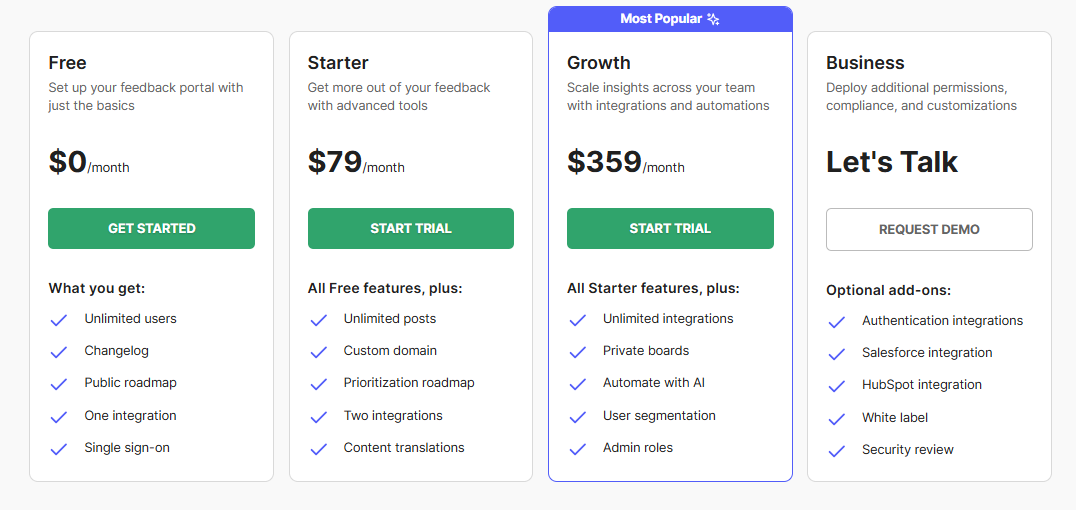
For some software, knowing when to start charging can be pretty easy to spot.
If it isn’t as clear cut, data can help you to make an informed decision. If you have an ERP system, use this to review your business, sales, and financial data.
Calculate your price point and determine when customers start to pay. You can also continue tracking your business performance and adjust payment plans.
This step is an important part of your long range planning and will help you forecast better. Any decisions about charges have to match up with your long-term budgeting goals.
2. Simplify the signup process
Any activation strategy must include ways to get customers to sign up in the first place.
Your sales and marketing team do a lot of the heavy lifting here.
Marketers create high-quality content that highlights product features and benefits. It’s a popular tactic for increasing brand awareness and user acquisition.
Meanwhile, the sales team have their own tactics. These range from addressing customer concerns to providing sales demos. But their aim is also to show how easy the sign-up process can be.
Once a lead lands in your lap, make their life easy. Don’t scare them away before they’ve even signed up.
Remove unnecessary steps from the registration process. The fewer barriers to using your product, the better.
So, adjust the information required to sign up depending on your audience.
Let’s say, as with the example below, your product is for a B2B audience. Gather information like company name and size to give you an idea of the level of service they’ll need.
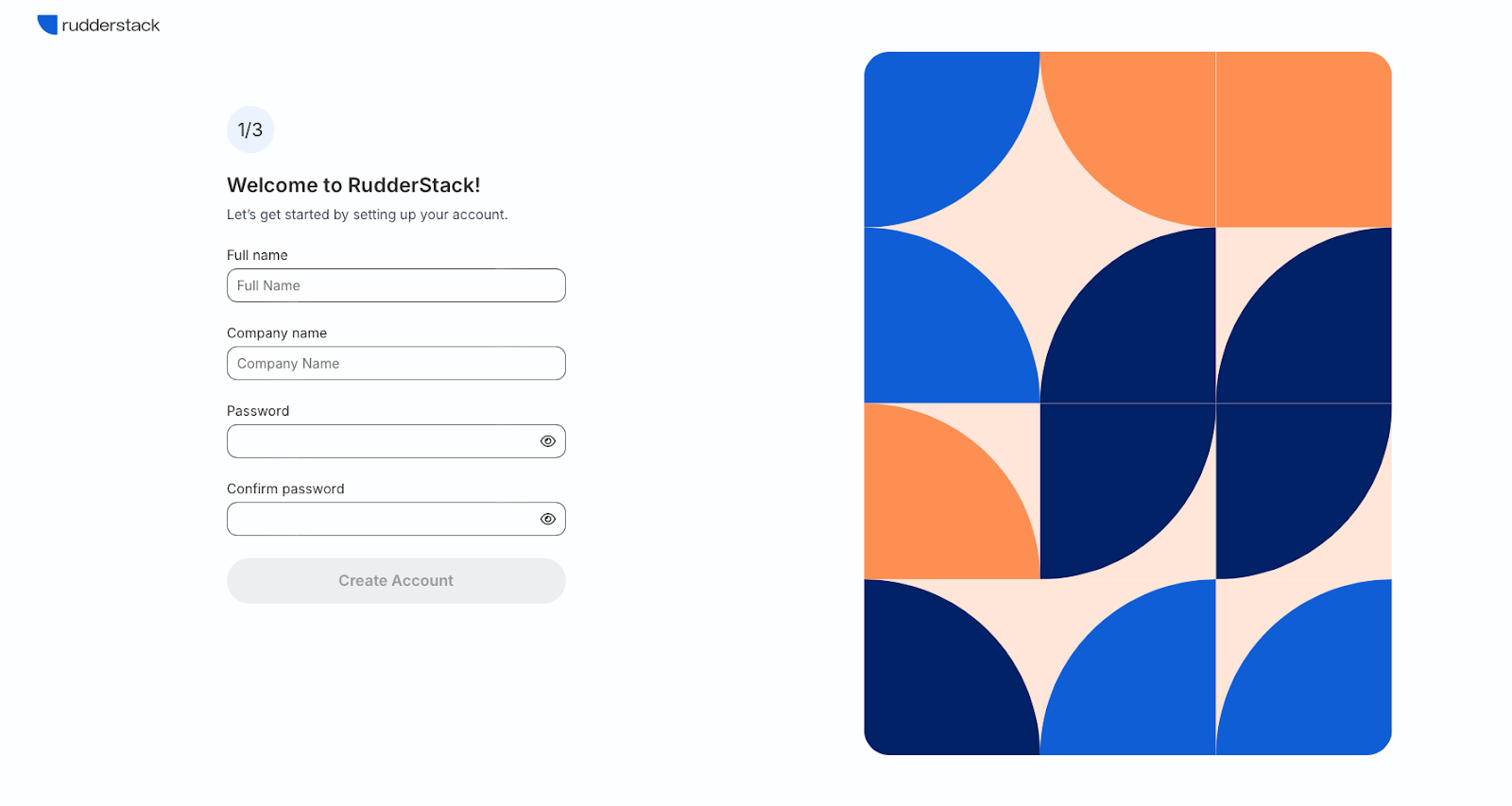
But, what if your offering has more general applications?
Consider sticking to basic demographic information such as occupation or industry. This helps tailor the user’s initial experience and steers new users to the right features.
For example, if you offer many tools, ask users which ones they’re interested in. Canny offers tools for collecting feedback, roadmapping, product announcements, and more.
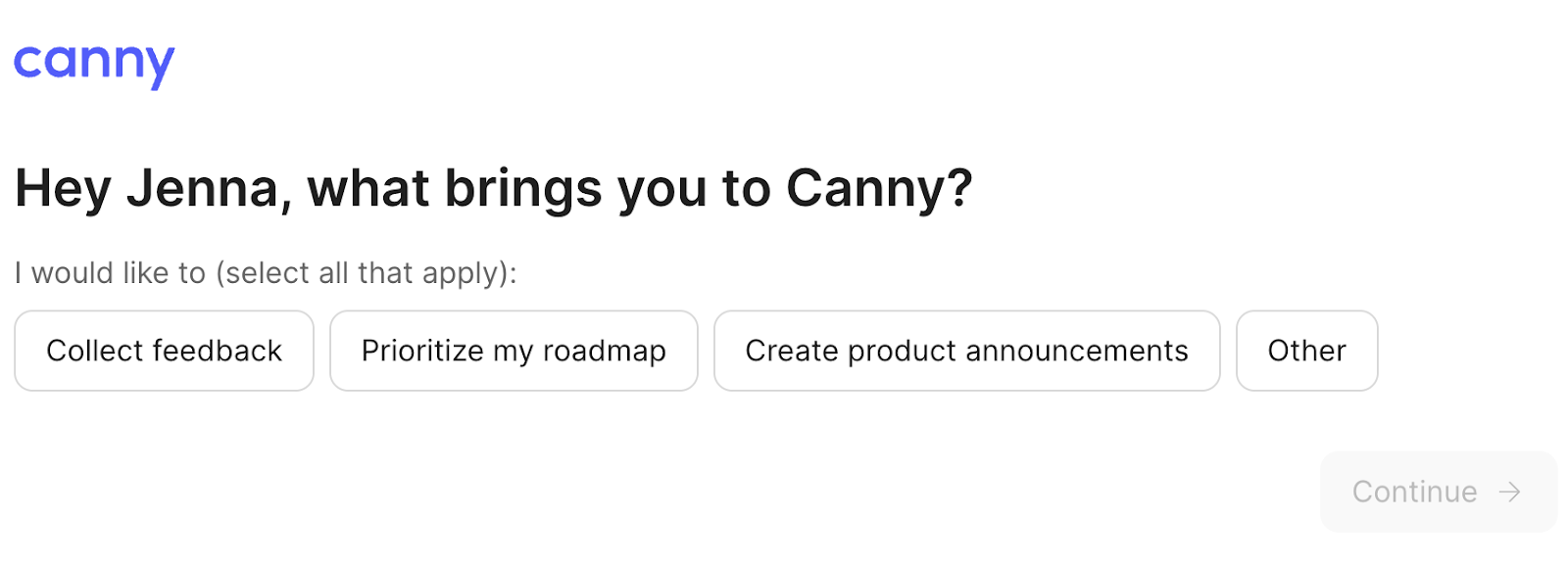
If someone’s interest is in feedback management, we personalize our messages to match.
Make the most of Single Sign-On (SSO), too. Companies such as Google and Apple offer SSO to improve user experience.
It means users don’t even need to fill in the form. Avoiding even this small barrier brings them one step closer to being your customer.

3. Personalize onboarding
To improve user activation, you need to direct them to parts of your software they’ll find most useful.
Use personalized user onboarding strategies that guide them through the process.
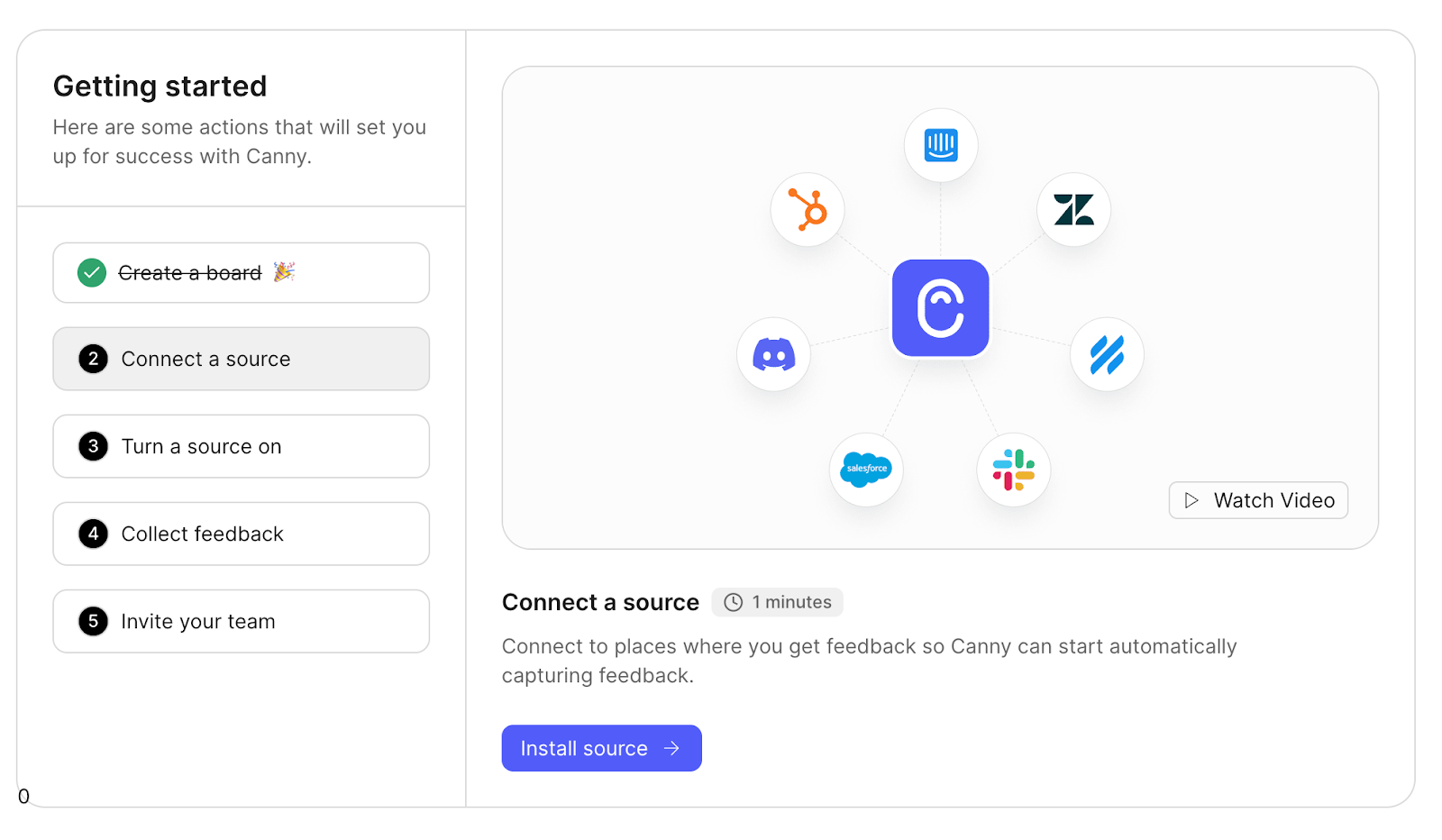
For inspiration, look at video games. Most have tutorials to onboard new gamers and guide them through the process.
The aim is to teach and engage new users so they feel comfortable and confident using your product.
Reveal your software’s features to them one at a time, as and when needed.
Use the data you collected during registration. Show them relevant features and capabilities that align with that data.
Remember, your software is a solution. So prove how it meets individual users’ needs.
Personalize the user experience using data from your customer data platforms.
Once someone signs up, the platform creates a customer profile for them. Let’s say a user told you they work for a large corporation when they signed up.
Chances are they want to improve collaboration. So highlight features that make teamwork and communication easier.
If they’re a small business, highlight features to help them scale. That could be email automation or platform integrations.
They’ll appreciate you helping them work better with limited resources.
4. Interact with users to motivate them
You’re off to a great start. Now, it’s time to give your new user some space while keeping customer engagement high.
In-app product tours
As users start getting used to your app, you still want to be there to guide them. A fantastic way to do this is by using in-app product tours.
Set up an activation point and trigger the tour when users start using an aspect of your software.
Don’t complicate it. Think about a short video introduction to the section.
A pop-up, easy-to-read help page outlining some of the features also works well.
In-app messaging
In-app messages are reminders, prompts, tips, or push notifications.
These pop up to help users make the most of apps. They can also notify existing users of new features, app events, or updates.
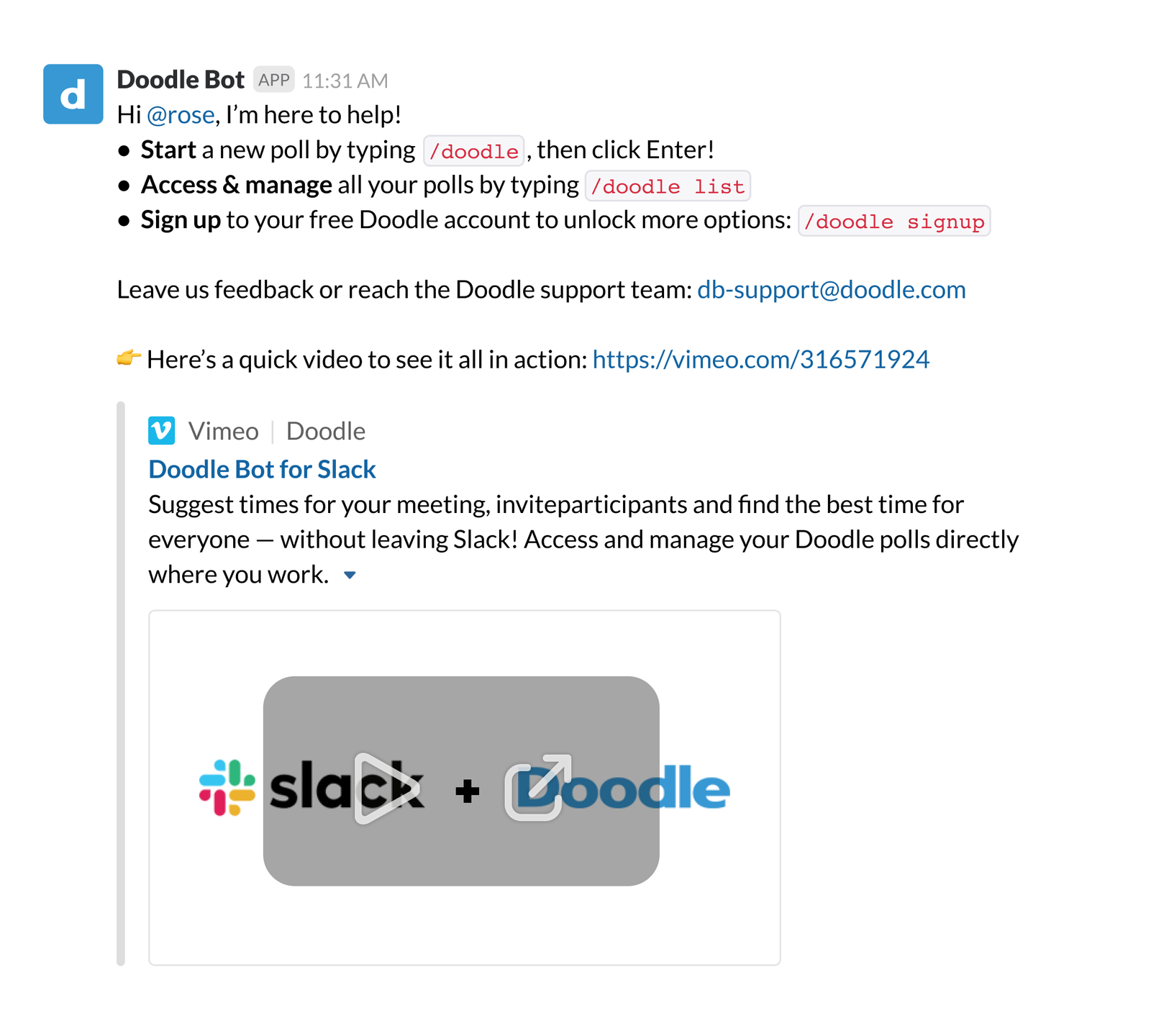
Send personalized push notifications to drive engagement. For active users, this encourages them to continue using your product.
Remind them of features they haven’t yet explored. Or share new features you’ve launched to create excitement.
For disengaged users, notifications remind them of your platform. They’re also a chance to gather user feedback to find out why they’ve become inactive.
Look at user behavior data to see what features they have or haven’t explored.
Offer support where you can so you can drive them towards the next activation action.
Email re-engagement
For users that have stopped exploring your product,re-engage them through email.
Again, use the info you gathered when they signed up. You should still personalize emails as much as possible.
Set up your CRM to prompt disengaged users if they don’t reach a certain activation point.
You can do this even if you have a limited budget. Many CRMs are low-cost to start.
You can also use free SMTP servers. They’re another budget-friendly option for sending emails to users.
5. Track your progress
To improve your user activation strategy, you must learn and adapt.
The best way to do this is to track broad key performance indicators (KPIs). These give you an idea of how well your activation process works.
Software like product analytics tools gathers data and measures user activation. These also create reports, which will come in handy when it comes to making improvements.
Now, you have your data. Choose suitable KPIs that will continue giving you comparable insights over time.
The image below will help you get started.
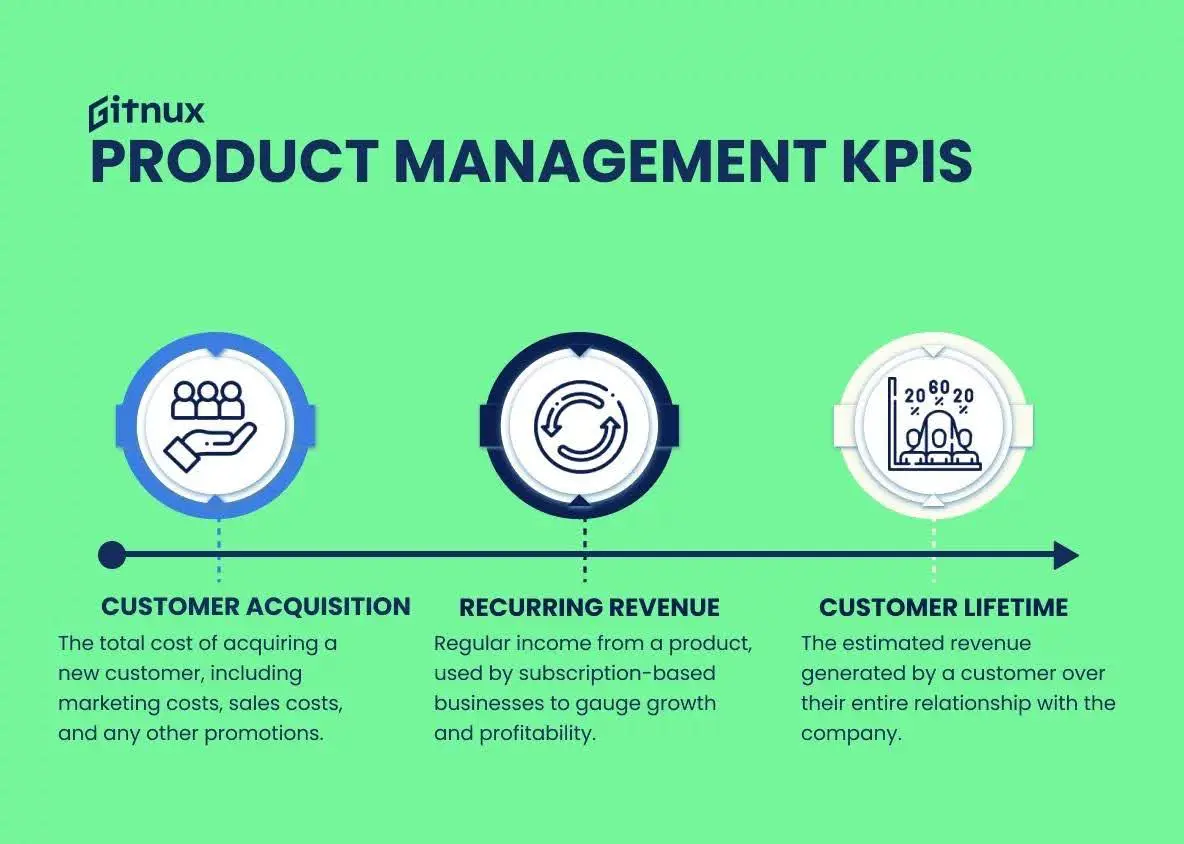
Beyond this, also consider activation-specific KPIs, such as the following:
- User Activation Rate:percentage of users who have reached the activation stage.
- User Acquisition Cost: average cost of acquiring new customers.
- Time-to-value: how long it takes people to become active users.
- User Stickiness: how engaging your product is and how often activated users use your app.
- Adoption Rate: percentage of users who become activated after signing up.
- Retention Rate: percentage who continue using your product over a set time.
This tracking can seem daunting. After all, you have onboarding systems to engineer. You have product demonstrations to write and record. But it doesn’t have to be.
With ETL processes, you can extract data from your systems. This takes much of the hard work out of the procedure.
Finally, there’s no point in collecting this information unless you act upon it.
Schedule regular meetings with relevant teams. Make sure you’re working to improve these KPIs.
Also look to tools like Canny to analyze user feedback. Look at this feedback data together with activation metrics. It’ll give you the broader picture of what is or isn’t working.
Use this to figure out what leads to successful activation at your company. Then brainstorm ideas to optimize the activation flow.
Summing up
SaaS is more competitive than ever and hooking users can be challenging.
It’s no longer as simple as offering a free one-month trial. Nor can you leave leads to figure out their way around your app.
To improve user activation, you need to improve the user journey. Make it personal, keep things simple, and offer support where needed.
Show customers what they can expect from your product. Highlight the value, be transparent about pricing, and drive home the benefits.
Finally, watch your progress so you can adjust your customer activation strategy. It can be hard work, but the rewards are worth it.
Put these changes in place and learn from the results. Soon, you’ll have a clear vision of successful activation to drive your SaaS business forward.


